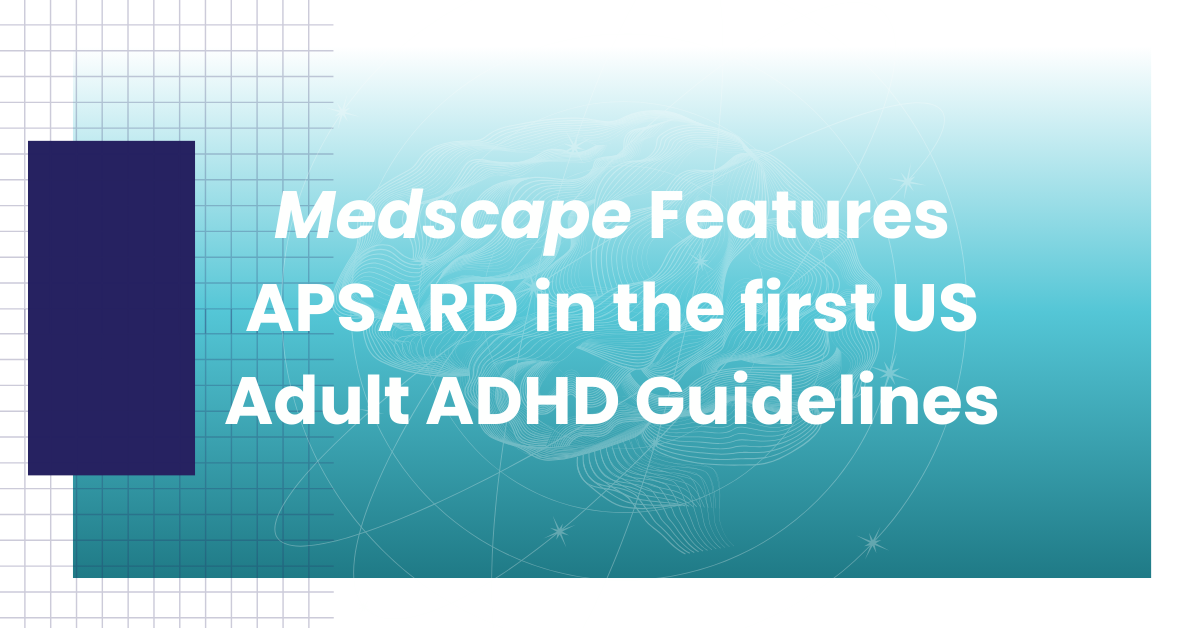 Adult ADHD is a Risk Factor for Broken Bones
Adult ADHD is a Risk Factor for Broken Bones
Although some people view the impulsivity and inattentiveness of ADHD adults as a normal trait, these symptoms have adverse consequences, which is why doctors consider ADHD to be a disorder. The list of adverse consequences is long and now we can add another: broken bones. A recent study by Komurcu and colleagues examined 40 patients who were seen by doctors because of broken bones and forty people who had not broken a bone. After measuring ADHD symptoms in these patients, the study found that the patients with broken bones were more impulsive and inattentive than those without broken bones. These data suggest that, compared with others, adults with ADHD symptoms put themselves in situations that lead to broken bones. What could those situations be? Well, we know for starters that ADHD adults are more likely to have traffic accidents. They are also more likely to get into fights due to their impulsivity. As a general observation, it makes sense that people who are inattentive are more likely to have accidents that lead to injuriers. When we don’t pay attention, we can put ourselves in dangerous situations. Who should care about these results? ADHD patients need to know about this so that they understand the potential consequences of their disorder. They are exposed to so much media attention to the dangers of drug treatment that it can be easy to forget that non-treatment also has consequences. Cognitive behavior therapy is also useful for helping patients learn how to avoid situations that might lead to accidents and broken bones. This study also has an important message for administrators how make decisions about subsidizing or reimbursing treatment for ADHD. They need to know that treating ADHD can prevent outcomes that are costly to the healthcare system, such as broken bones. For example, in a study of children and adolescents, Leibson and colleagues showed that healthcare costs for ADHD patients were twice the cost for other youth, partly due to more hospitalizations and more emergency room visits. Do these data mean that every ADHD patient is doomed to a life of injury and hospital visits? Certainly not. But they do mean that patients and their loved ones need to be cautious and need to seek treatments that can limit the possibility of accidents and injury.
REFERENCES
Komurcu, E., Bilgic, A. & Herguner, S. (2014). Relationship between extremity fractures and attention-deficit/hyperactivity disorder symptomatology in adults. Int J Psychiatry Med 47, 55-63.
Leibson, C. L., S. K. Katusic, et al. (2001). “Use and Costs of Medical Care for Children and Adolescents With and Without Attention-Deficit/Hyperactivity Disorder.” Journal of the American Medical Association 285(1): 60-66.

